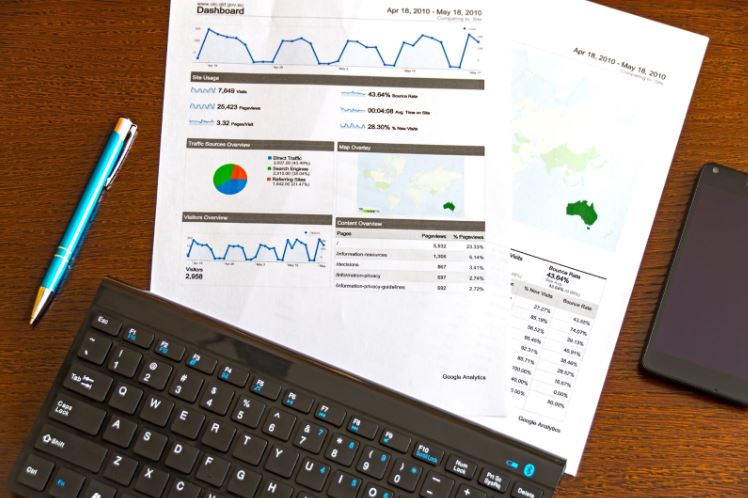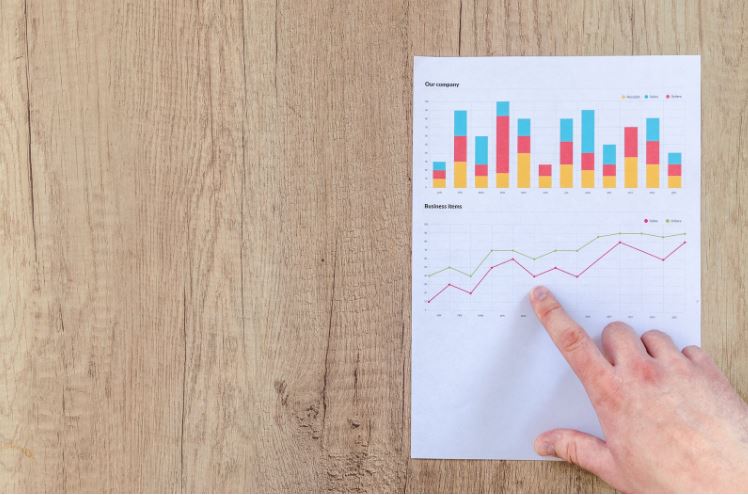 As marketers, there are a lot of things we love about our job. And yet, most of us cringe whenever we’re asked to submit a report. All of the numbers and metrics along with the tangible and intangible aspects of a usual report are just too daunting – not to mention the time and effort that needs to be put into a decent report. But we know how important reports are, we just dread the task itself. Or at least, we used to.
As marketers, there are a lot of things we love about our job. And yet, most of us cringe whenever we’re asked to submit a report. All of the numbers and metrics along with the tangible and intangible aspects of a usual report are just too daunting – not to mention the time and effort that needs to be put into a decent report. But we know how important reports are, we just dread the task itself. Or at least, we used to.
As new tools keep finding their way into the marketing field, our job just keeps getting better. Instead of lengthy reports that we need to create from scratch, we can use the Whatagraph reporting tool to gather all the data we need from multiple sources, and present them in a comprehensive, organized, soul-pleasing reports. Starting from scheduling automated reports to customizing the reports with our input, and the reports are now only a few button-clicks away.
Whether you’ll use an automating tool or you’re one of the rare individuals who like to craft their own reports, you can still create your templates at a time and quality efficient manner. Here are the main points you need to include in your marketing report task-list:
1. Report Overview
The overview can arguably be the most important page of the report because it summarizes what the report is all about. This is where your client will understand what you’ve been working on, how you’ve performed, and the brief conclusion right before you jump into the numbers and data. It should be to the point, concise, and listing all of the contents of the report.
2. Milestones & KPIs
This section includes what your marketing strategy is based on: all of your marketing goals, all of the Key Performance Indicators (KPIs) used to measure the goals and all of the milestones you’ve originally set for your plan. You’ll move on to your performance and analytics right after, so it’s important to visit your initial plan first. Again, you can use a tool such as Cumul.io, to translate tons of complex data into easy-to-use, intuitive reporting dashboards.
That way you can have a clear idea about the progress you’re making and how well you’re performing in relation to your goals.
3. Performance Metrics
These are the metrics used to evaluate and assess your performance. Eventually, metrics are also the heart of your report. These are the raw data that you interpret to measure how well you’re doing and whether the plan is on-track. There are many metrics depending on the platforms and strategies you’re using, but it’s safe to say that these are the most important metrics to include in your report:
- SEO Performance: How well is your website optimized to attract and retain your customers?
- Traffic: What’s the number of recurrent and unique visitors, the bounce rate, average session time, and your top-performing pages?
- Social Media Engagement: How well is your brand doing online? How many people are aware of your existence and are likely to seek your services?
- Paid Advertisement: How well are the PPC campaigns paying off?
- Leads: How many potential customers have made their initial contact with you, and you have saved their details?
- Conversions: How many of your leads have you converted into active customers?
4. Correlation between Metrics and Goals
 The mistake that most marketers fall into depends on the raw data and numbers without fitting them into the greater scheme of things. If you have a good understanding of what the numbers indicate, then it’s only because that’s your job. Most of your clients won’t understand the meaning of those numbers, and your new team members will also feel lost. It’s important to present your numbers in a way that tells a complete story, using the right graphic tools of presenting.
The mistake that most marketers fall into depends on the raw data and numbers without fitting them into the greater scheme of things. If you have a good understanding of what the numbers indicate, then it’s only because that’s your job. Most of your clients won’t understand the meaning of those numbers, and your new team members will also feel lost. It’s important to present your numbers in a way that tells a complete story, using the right graphic tools of presenting.
5. Future Plans
Your report should ideally end with what you plan to do in the next period of time. Is there any lack of performance you’re going to fix? What are the additional steps you’ll take to make sure you’re back on track? Have you satisfied all of the goals, according to the plan? If so, then what’s your next step? Are there any additional tools you’ll use in your next report? All of your plans should be clear, measurable, realistic, and set within a specific timeframe.
Many tools have made the process much easier and more precise. Starting your report with an overview and revisiting your initial goals are great to get everyone on the same page, after which you can present the performance metrics you’ve analyzed and their indication. If you follow those tips, creating marketing reports for your next meeting with your team or a client will no longer be as daunting as it once was.

